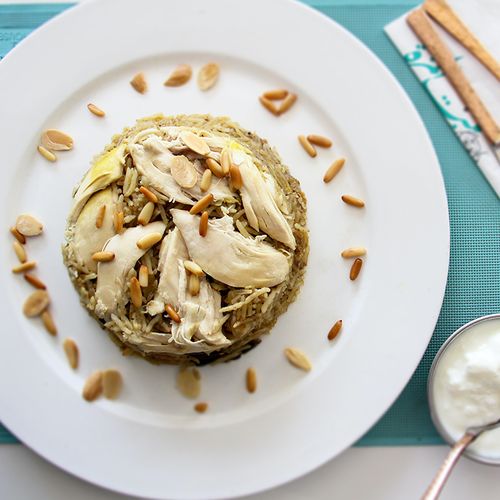Most weight-loss diets are hard to stick to. That's because you have to eliminate 13,500 calories to lose just one pound a week and that comes to 500 calories a day. This degree of calorie restriction can make people feel hungry all the time—and reluctant to stick with any diet for very long. That's also why it is hard for people to maintain the weight that they do lose. Roughly 95% of those who lose weight are unable to maintain the weight loss longer than a year or two.
Better: Eat foods that curtail appetite and increase feelings of fullness. People who do this naturally take in fewer calories overall and are more likely to maintain their weight loss.
What to eat...
- Protein at every meal. Protein is a natural appetite suppressant. People who often feel hungry probably aren't getting enough protein.
Self-test: Eat a regular meal or snack. If you're hungry again within two hours, the meal probably didn't include enough protein.
Protein should make up about 25% of every meal-three ounces to six ounces of protein is ideal. Good protein sources include chicken, seafood, lean red meats, egg whites, beans and low- or nonfat dairy.
Trap: Many traditional breakfast foods, such as a bagel or a Danish, are high in calories but low in protein. People who start the day with these foods invariably want to eat more within a few hours, adding unnecessary calories.
Always include protein with your morning meal—by spreading peanut butter on whole wheat toast, for example.
Also helpful: High-protein snacks, such as string cheese or yogurt. They're more satisfying than carbohydrate snacks, such as pretzels or chips.
- More fat. Until recently, weight-loss experts advised people to eat less fat. This made intuitive sense because fat has about twice the calories as an equal amount of protein or carbohydrate. But today, after about 15 years of low-fat dieting, Americans are heavier than ever.
Reason: People who don't feel satisfied on a low-fat diet often eat excessive carbohydrates to make up the difference.
Fat is a satisfying nutrient. You may feel full after eating a lot of carbohydrates, such as pasta or bread, but you'll still want more. Fat, on the other hand, makes you crave less food, so you'll be less likely to fill up on additional calories.
Have a little fat with every meal. If you're having a salad, for example, use full-fat dressing in moderation rather than fat-free. Add a tablespoon of olive oil when making pasta sauce. A slice of cheese or a serving of cottage cheese also provides satisfying amounts of fat.
Easy does it: Use fats only in small amounts to avoid excess calories. One tablespoon of olive oil, for example, has about 120 calories. Small amounts curtail your appetite without adding too many calories.
- A handful of pine nuts. A hormone called cholecystokinin (CCK) has been found to increase feelings of fullness. About one ounce or a small handful of pine nuts (which actually are seeds, not nuts) stimulates the body to release CCK. This reduces appetite and helps you feel fuller even when you take in fewer calories overall.
- Fiber, especially early in the day. High-fiber diets increase feelings of fullness and aid in weight loss. High-fiber foods also may stimulate the release of appetite-suppressing hormones.
Virtually all foods that are high in fiber, such as fruits, vegetables, legumes and whole grains, are relatively low in calories. People who eat a lot of these foods tend to feel full even when they take in fewer calories during the day.
Try to get 25 to 30 grams of fiber daily. Beans are high in fiber, with about six grams in one-half cup. Blackberries are another excellent source, with about eight grams of fiber per cup.
- Spicy foods as often as possible. Cay. enne, jalapeños, curries and other spicy foods contain capsaicin and other compounds that may increase metabolism and cause the body to burn slightly more calories. More importantly, these foods appear to affect the "satiety center" in the brain, causing people to feel more satisfied and consume fewer calories.
- Water before a meal. Drink a full glass of water before you start eating, and keep sipping water throughout the meal. Water takes up space in the stomach. Or you can start your meal with a broth-based soup (not a cream soup, which is higher in calories). People who consume liquids before and during meals consume fewer calories than those who go straight to the main course.
Caution: Avoid high-calorie liquids. Americans consume about 20% more calories now than they did 20 years ago. Many of these calories come from soft drinks, sports drinks and coffee beverages that include sugar and cream. Some of these drinks contain 400 calories or more, which could result in almost one extra pound of weight a week if consumed daily.
